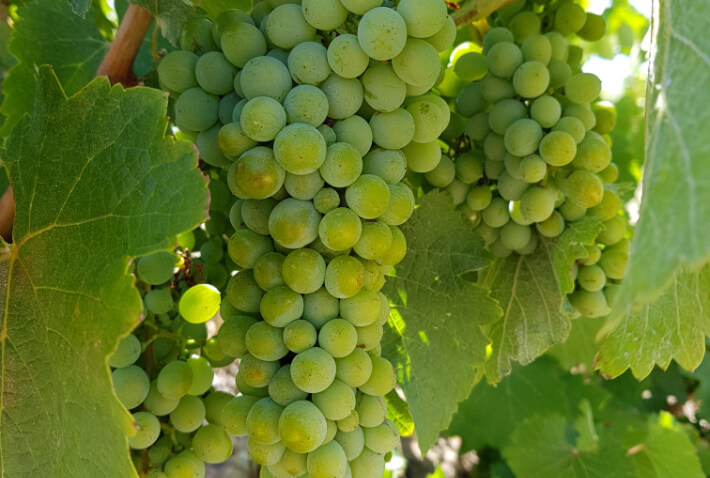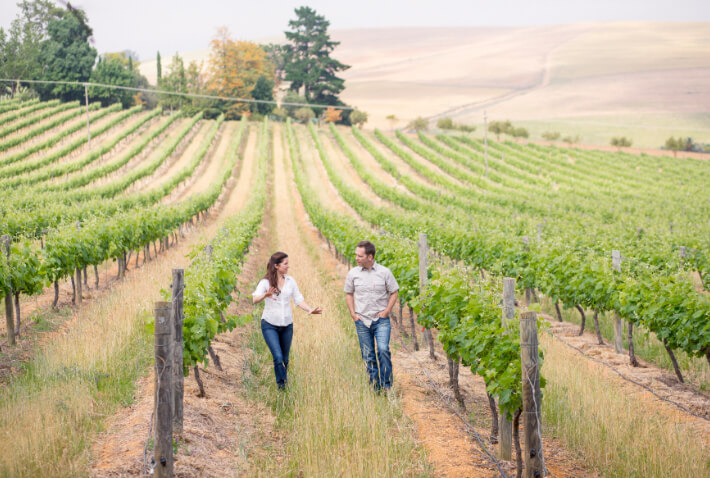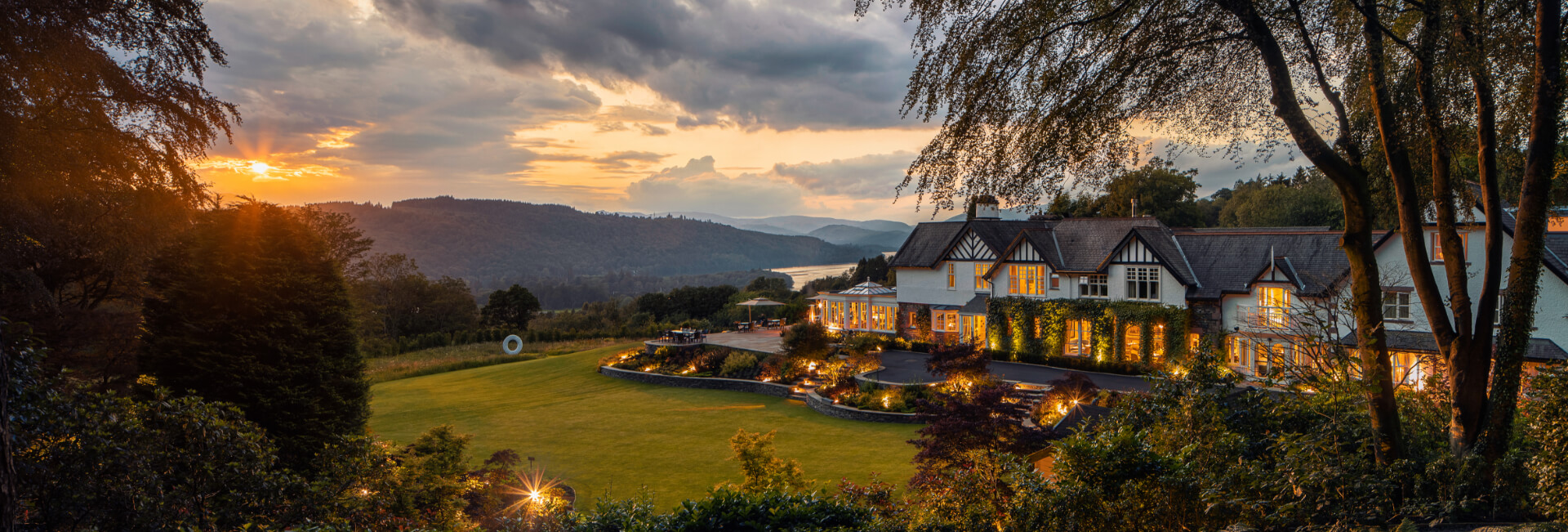
Mullineux & Leeu Family Wines Celebrate 2020 Harvest Season
As the beginning of the year sees in a new harvest season, the Mullineux & Leeu Family Wines team are excited to harvest the fruit of their efforts from the past 12 months. In the last week of January Chris and Andrea Mullineux lead their team into the 2020 harvest.
November 2019 saw the first preparations for this harvest. “We bottle the previous vintage to make space in the cellar and barrels for the coming season’s harvest,” says Chris. “We try to be done with bottling by Christmas and then start cleaning the cellar for the coming vintage.”
Despite the effects of the 2016 - 2018 drought still showing last year, the Mullineux’s celebrated their 12th vintage in 2019 – remarkable considering the success they have achieved in this relatively short timeframe, including being crowned South African Winery of the Year four times. “The 2019 vintage was great – small yields due to the continuing dry conditions in the Cape, but this meant smaller berries which are fantastic for making wines with a lovely natural intensity,” says Chris.
According to wine.co.za, the 2019 wine grape crop of South Africa was estimated at 1 225 620 tonnes and, although only 1.4% smaller than the year before, the crop had shrunk for the second consecutive year.
“We are definitely still feeling the aftermath of the drought,” says Chris. “Although the dams for drinking water in the Cape are in a much better position than a few years ago, the ground water levels are still really low, and this means vines can only ripen a smaller crop.
“On the up side, crop levels and quality are not always directly related,” he adds. “Often when the crop levels are smaller the quality is better due to the smaller, more intensely flavoured grapes. We have definitely seen this in our wines the past few years.”
Endeavouring to be as natural as possible in their approach to farming in all their vineyards, the Mullineuxs aim to bottle wines that are a true expression of the vineyards they grow in. This shows in their farming and winemaking techniques, in that the they make the wines with as little intervention as possible.
“In the cellar we make no chemical additions other than a minimal amount of sulphur (well below the organic limits). Even the yeast that ferment our wines are natural yeast that come from the vineyards,” says Chris. “Absolutely everything is done by hand in the vineyard and cellar, and yes, we [even] foot stomp some of the batches of wine.”
For the Mullineuxs, the 2020 harvest will be celebrated by spending time with family over Easter. “While we get the kids to come help [out] in the cellar over weekends, we don’t see our family as much as we’d like to this time of the year,” says Chris.
“We are pretty excited for this vintage,” says Chris. “Climate change seems to be bringing drier conditions to our vineyards and we have been adapting our farming to help the vines cope with the changing conditions. This includes making all our own composts and using cover crops and mulch to build the health and life in our soils. We avoid herbicides and pesticides and aim to create a natural balance in and around the vineyards so that Mother Nature takes care of herself.
“All this work really seems to be paying off and the vines look super happy and healthy.”
The Mullineuxs will harvest approximately five tons of grapes per hectare, amounting to about 1.5 kilograms per vine. In total, they will harvest about 250 tons between both their Leeu Passant cellar in Franschhoek and Mullineux cellar in the Swartland.
For more information on Mullineux & Leeu Family Wines, click here. To view their latest accolades, click here. For more information on their latest venture, The Wine Boutique at Le Quartier Français, click here.

The Mullineuxs will harvest about 250 tons between both their Leeu Passant cellar in Franschhoek and Mullineux cellar in the Swartland.

Chris and Andrea Mullineux aim to be as natural and organic as possible in their approach to winemaking.

The Wine Studio at Leeu Estates offers a truly immersive wine experience.
DID YOU KNOW
- A crop forecast is essential to determine the expected volume of grapes per vineyard and the total yield of the farm in order to determine the number of workers needed to bring in the harvest.
- The best way to determine a crop forecast is to count the average number of grape bunches per vine and multiply this by the average bunch weight.
- The sugar level in grapes is measured with a refractometer or balling meter and expressed as degree balling (°B). Sugar level increases roughly 1°B every four days but can increase by up to 1°B every two days depending on the climate.
- Tartaric acid is the main acid in grapes and contributes to taste and the preservation of the wine while malic acid is a naturally occurring acid found in grapes.
- Colour development in red wine grapes starts as early as December/January. Colour compounds are formed – just like flavour compounds – in the cell layers just beneath the grape skin.
- 2019 statistics showed that South Africa is the 8th biggest wine producer world-wide and produces about 4% of the world’s wine. The wine industry contributes to R36 billion to the country’s gross domestic product (GDP) and employs nearly 290 000 people.
Sources: southafrica.co.za, VINPRO Wingerdpraktyke vir Wingerdwerkers



